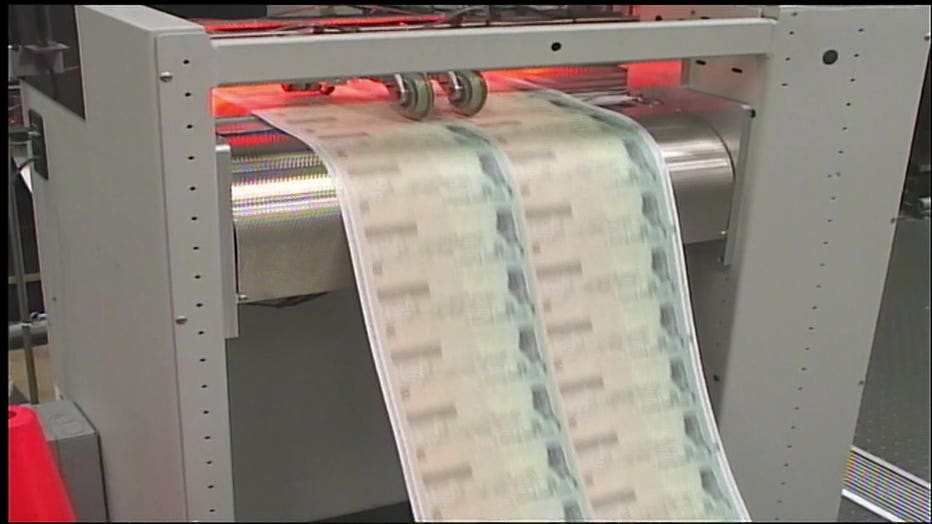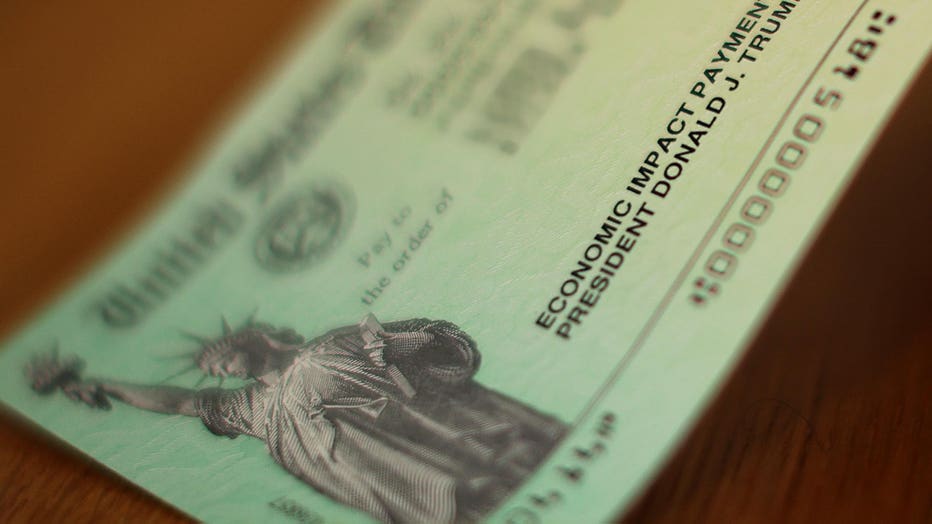Here's how to check the status of your second stimulus check
New York - U.S. Treasury Secretary Steven Mnuchin said on Tuesday that American households should expect to receive their economic impact payments very soon.
Mnuchin said the government would begin sending out paper checks on Wednesday, which means people should begin receiving those within the next two weeks.
Individuals with direct deposit information on file with the IRS will receive their money even quicker – beginning on Tuesday night for some and continuing into next week.
RELATED: $600 COVID-19 stimulus checks to hit bank accounts as soon as Tuesday night, Mnuchin says
"Treasury and the IRS are working with unprecedented speed to issue a second round of Economic Impact Payments to eligible Americans and their families," Mnuchin said in a statement. "These payments are an integral part of our commitment to providing vital additional economic relief to the American people during this unprecedented time."
Recipients can use the IRS’ track my payment tool to check the status of their funds. The vast majority of eligible households will not need to take any action in order to receive their payments.
As it currently stands, the checks will be for $600 – although lawmakers are in the midst of considering legislation that would more than double that amount.

The House of Representatives on Monday passed standalone legislation that would increase the economic impact payments to $2,000, from $600 – a policy that President Trump has very publicly supported.
Other Republicans – with an eye on the ballooning federal deficit – are hesitant to increase spending, rendering the measure’s chances of passing the GOP-controlled Senate uncertain.
Under the CARES Act, which passed earlier this year, eligible Americans received $1,200 checks – or $2,400 for married couples.
Individuals earning up to $75,000, or $150,000 for married couples, are eligible for the second round of direct payments. Households are eligible for an additional $600 per qualifying child.

(Photo by Chip Somodevilla/Getty Images)
Beyond those income thresholds, the payments would begin to phase out at a rate of $5 per $100 of additional income.
Individuals earning more than $87,000 and married couples earning more than $174,000 are ineligible for payments.
For more, check out FOXBusiness.com.

